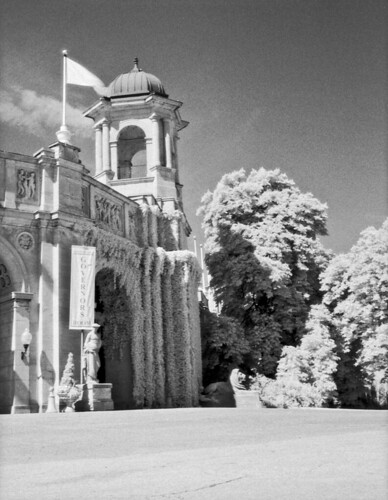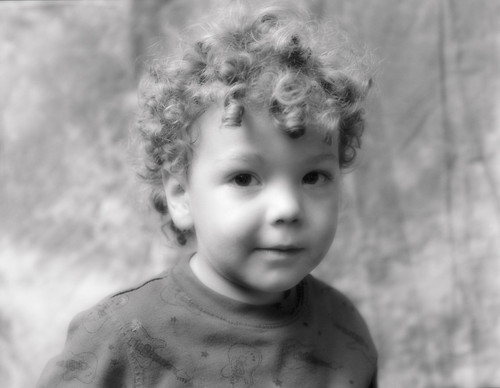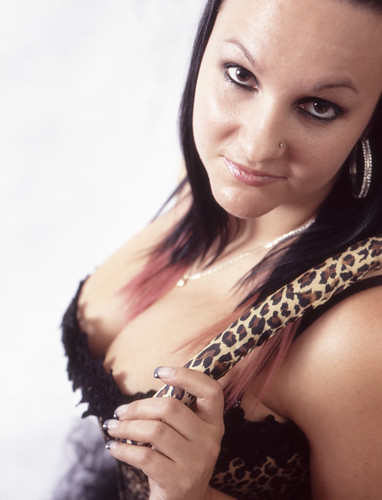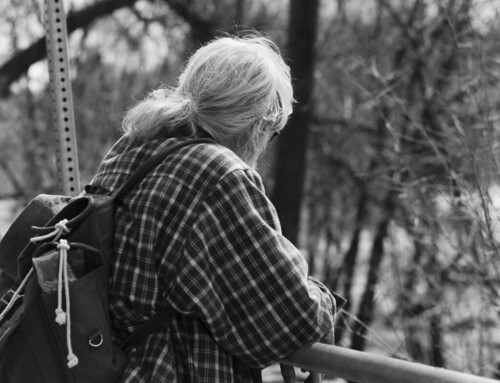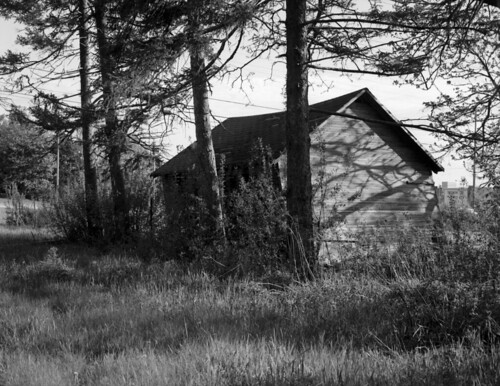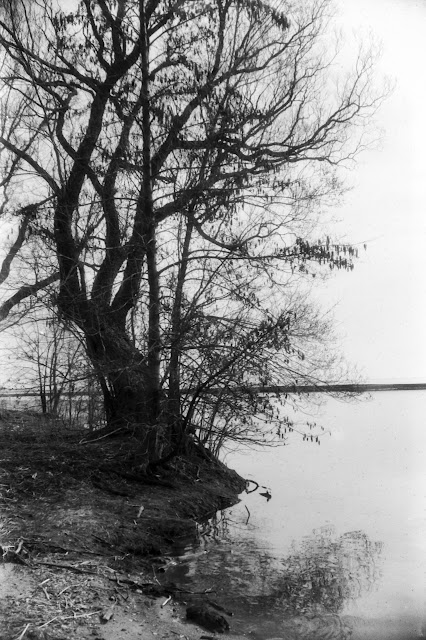The Bronica ETRs Medium Format Single-Lens Reflex 120 roll film photographic system.
 About 2 years ago I purchased a Bronica ETRs 120 SLR from a professional wedding photographer who was hanging up his gear, and moving on to just hobbyist type of photography instead.
About 2 years ago I purchased a Bronica ETRs 120 SLR from a professional wedding photographer who was hanging up his gear, and moving on to just hobbyist type of photography instead.Well, knowing it was well cared for, and would be in excellent shape, I bit and bought it. One of my biggest camera purchases, as it was solely intended on being used for my portrait work instead of my hobbyist work. Needless to say, it migrated out of studio and into the field for just shooting whatever with.
As I have come to know this camera, I have learned that there are many advantages to it, and some disadvantages. The biggest disadvantage with this camera, aside from the bulky design, is the viewfinder blackout, and lack of mirror return. As I'm used to the Exakta and Contaflex SLR cameras, this is not an issue for me, but was rather disconcerting the first time I had used this camera, and wasn't used to a non-returning mirror.
The other disadvantage is the location of the shutter release button. I'm not quite sure why it is in the location that it is, but it's a little out of the way, and honestly, it's also very easy to accidentally press when you pick it up.
 And lastly, the shutter is a 1/500s leaf shutter. It does have other speeds, like 8s to 1/500s +T, nope. No BULB mode! The T is a real PITA to use, as you have to slide a little lever on the lens to set it. As with such, you also have to have a battery for the shutter to operate at any other speed but 1/500s. This draw back is easily noticed in cold weather, as the cold will cause the battery to seemingly drain rapidly as it gets colder, and colder.
And lastly, the shutter is a 1/500s leaf shutter. It does have other speeds, like 8s to 1/500s +T, nope. No BULB mode! The T is a real PITA to use, as you have to slide a little lever on the lens to set it. As with such, you also have to have a battery for the shutter to operate at any other speed but 1/500s. This draw back is easily noticed in cold weather, as the cold will cause the battery to seemingly drain rapidly as it gets colder, and colder.But those are all issues that are easily over come. The advantages to this camera are many! Larger negatives/transparencies. Beautiful clean, sharp, and easy to see viewfinder, whether you are using the PRISM or the WLF it is very easy to focus with. The 645 frame size is wonderful for landscapes or portraits!
Although I haven't used it much for landscape work, it has proven itself to be a very versatile camera! Spending most of its time on a shelf or being used in studio, I intend on taking it out for outdoor work, and on location shoots. The camera spent much of its life as a Wedding Camera, so I don't see why it can't spend its time as another portrait camera.
15 frames per roll make it the right amount of frames for a portrait session. Not too many, and not too few. Don't get me wrong, there's nothing wrong with 6x6 or 6x7 (or even 6x9), but 645 is a great size and gives you just the right amount of frames.
Having said that, of course, I don't quite understand what happened to frame #16 with this camera, as a 120 roll of film using the 645 frame size should get 16 frames, but Mamiya and Zenza both only let you shoot 15 frames, which is very odd. Nonetheless, the quality of the lenses, and the camera, truly make up for the loss of a single frame, in spades!
 With only a couple of lenses, the 75mm PE and 150mm MC, I have the two main focal lengths covered. Thing is I would love to get more than just these two lenses. I want to be able to do better, wider, landscapes, and would love to one day get my hands on the 40mm, but just isn't feasible at the moment. The other lens is the 100-200mm zoom, which is a beautiful lens.
With only a couple of lenses, the 75mm PE and 150mm MC, I have the two main focal lengths covered. Thing is I would love to get more than just these two lenses. I want to be able to do better, wider, landscapes, and would love to one day get my hands on the 40mm, but just isn't feasible at the moment. The other lens is the 100-200mm zoom, which is a beautiful lens.But unfortunately, it'll have to wait.
For me, the Bronica was a camera I wanted. I definitely wanted this camera, and had been looking for one for a while. Originally it was a Bronica SQ-AI that I was looking for, but changed my mind quickly when I saw this one.
Sure, the SQ is a great system, and 6x6 frame size would be perfect, plus the Nikkor lenses. But I was after a system that was a little different. Not a Mamiya, or a Pentax, so I went with Zenza.
The 645 frame size is the size I also wanted to go with so I could squeeze in a couple more frames per roll, and I am very happy I went with this system.
So if you're in the market for a Medium Format camera, want something economical, yet still classified as a professional camera that has been used, and is still being used, by wedding and portrait photographers around the world?
You can't go wrong with a Bronica ETRs system.
Zenza Bronica ETRs Single-Lens Reflex
8s - 1/500s Seiko leaf shutter (1/500s only without battery PX28)
15 frames on 120 film (60mm x 45mm)
Double Exposure Protection w/Over-ride
PC-Sync Port X-Synced at all speeds
Accessories you can get (some of)
Non-AE Prism
Waist Level Finder
AE-Prism
Speed Grip
Power Grip with Motor Drive
MACRO Bellows
120 Back/220 Back
Polaroid Back
And probably more.
Until next time, keep those shutters firing!

